Saving the coral reefs
in the Maldives
Show your colors for a colorful underwater world
Community based initiatives stimulates coral growth
Coral reefs worldwide have been suffering for years from changing environmental conditions: the rise in water temperature, land reclamation measures, and the acidification and pollution of the water are taking their toll on the calcium carbonate skeletons that have grown over many years.
As a result, the corals are losing their colour, dying and becoming overgrown with algae.
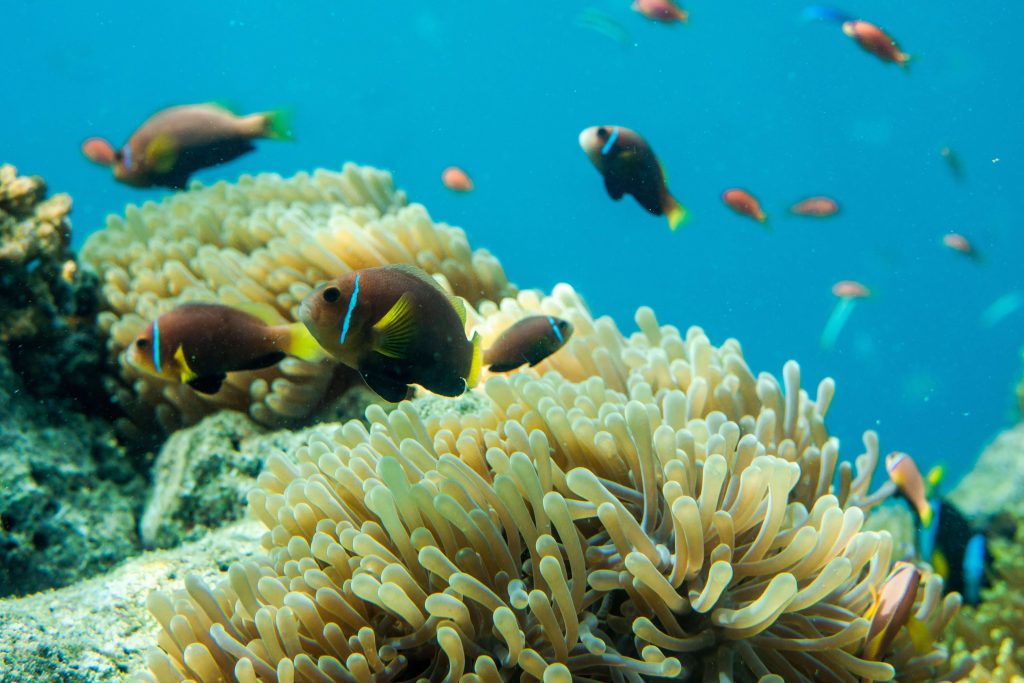
Also throughout the Maldives, coral mortality has been rising dramatically. Thats why the DER Touristik Foundation, in cooperation with the Maldives Coral Institute, is supporting a project to save the coral reefs of Male Atoll.
A promising project in the Kaafu Atoll aims to hasten coral growth and protect marine biodiversity using the MARRS (Mars Assisted Reef Restoration System) method. This is a low technology, community-based restoration system that is capable of rapidly rebuilding reefs in a relatively short period of time.
Equipped with fins, snorkels or oxygen tanks, volunteers dive down to build a stable structure on which a new reef can grow.
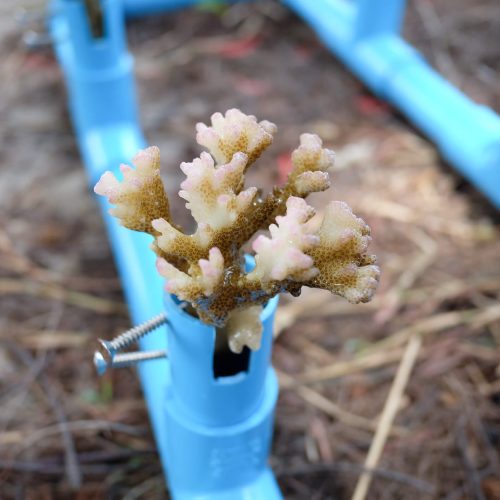
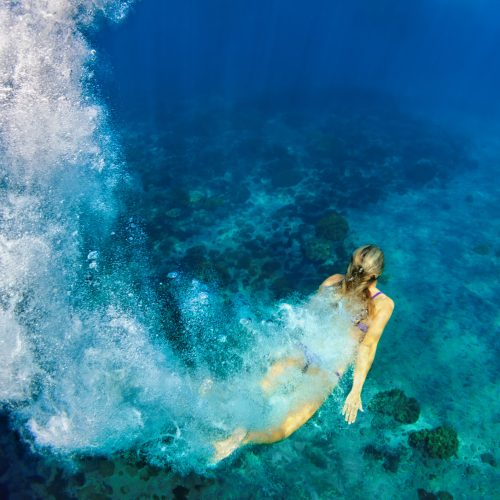
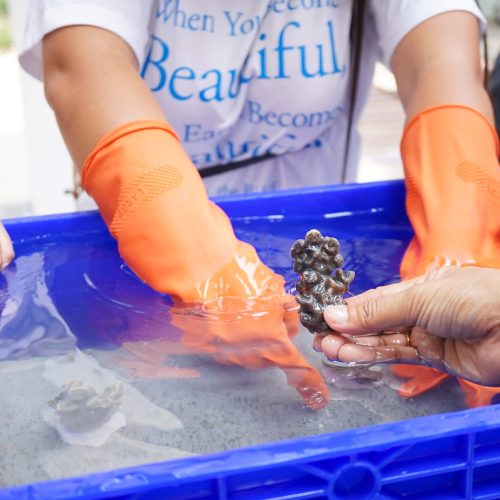
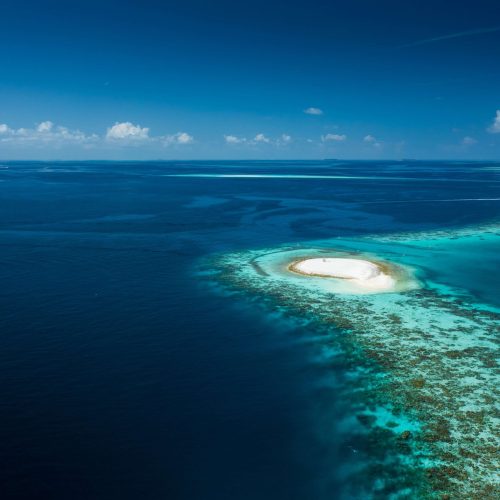
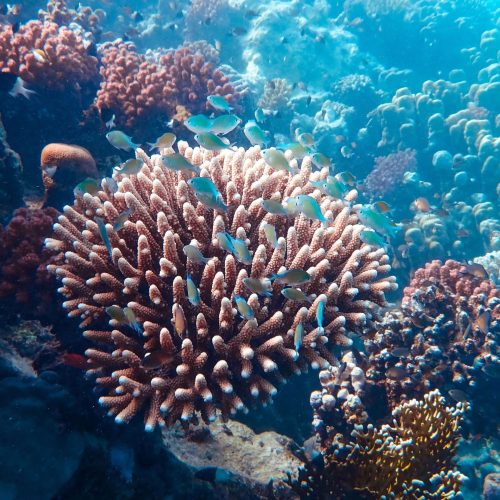




A promising project in the Kaafu Atoll aims to hasten coral growth and protect marine biodiversity using the MARRS (Mars Assisted Reef Restoration System) method. This is a low technology, community-based restoration system that is capable of rapidly rebuilding reefs in a relatively short period of time.
Equipped with fins, snorkels or oxygen tanks, volunteers dive down to build a stable structure on which a new reef can grow.
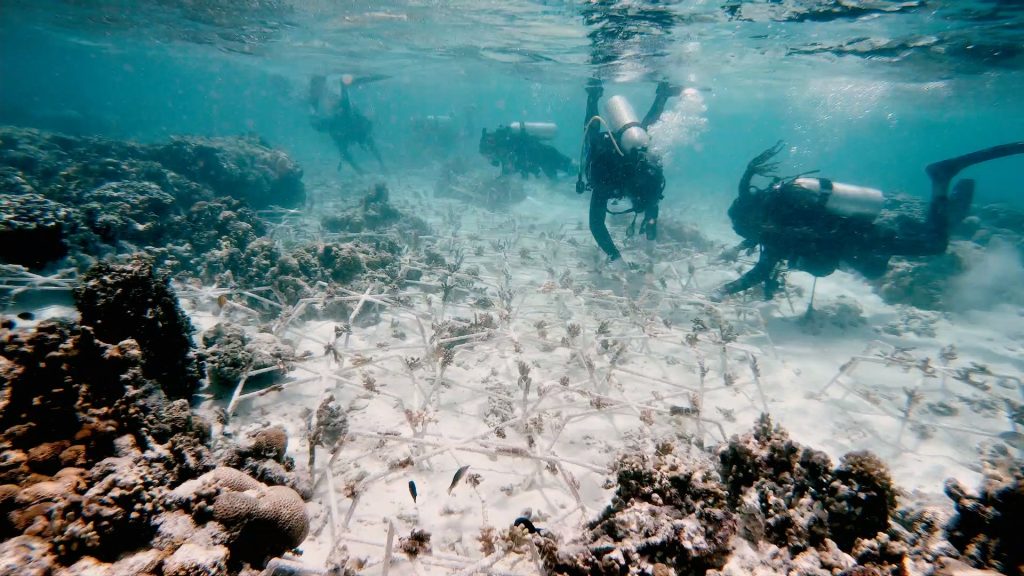
Copyright: Maldives Coral Institute
Star-shaped steel scaffolds act as man-made coral reefs, benefiting the corals because they don’t have to construct their own foundation. The foundations are then grafted with living coral fragments that have naturally broken off.
The coral typically adapts to it’s new environment rapidly and can use it’s energy to expand much more quickly than they would in a natural reef, and they soon regain their colour.

Copyright: Maldives Coral Institute
Star-shaped steel scaffolds act as man-made coral reefs, benefiting the corals because they don’t have to construct their own foundation. The foundations are then grafted with living coral fragments that have naturally broken off.
The coral typically adapts to it’s new environment rapidly and can use it’s energy to expand much more quickly than they would in a natural reef, and they soon regain their colour.
Our goal
During the course of the project, which is sponsored by us, 50 MARRS reef stars will be installed to help restore an approximately 50 square meter coral sanctuary. In addition, 9 members of the local community will be taught and trained in the MARRS method to monitor the nursery area and ensure the success of the project. By the end of 2024, 300 MARRS reef stars and a 300 square metre coral sanctuary will have been created.
Our cooperation partner:
Maldives Coral Institute (MCI)
This scientific institution actively promotes the survival of coral reefs, which are severely threatened by environmental influences and climate change. The MCI researches and develops methods to strengthen the resilience of corals, to mitigate the negative impacts of humans and to protect corals and reefs
from decay and destruction.
